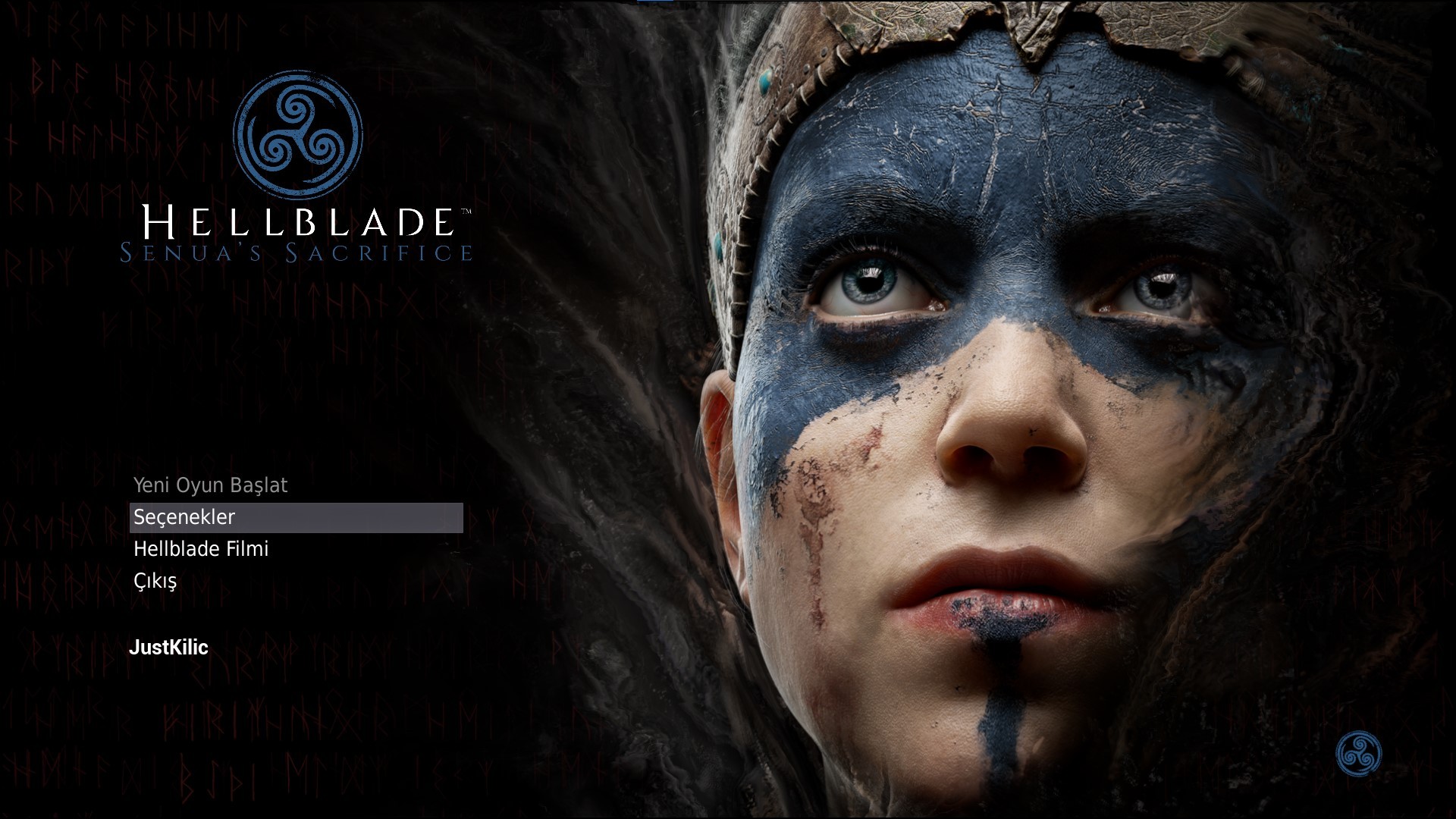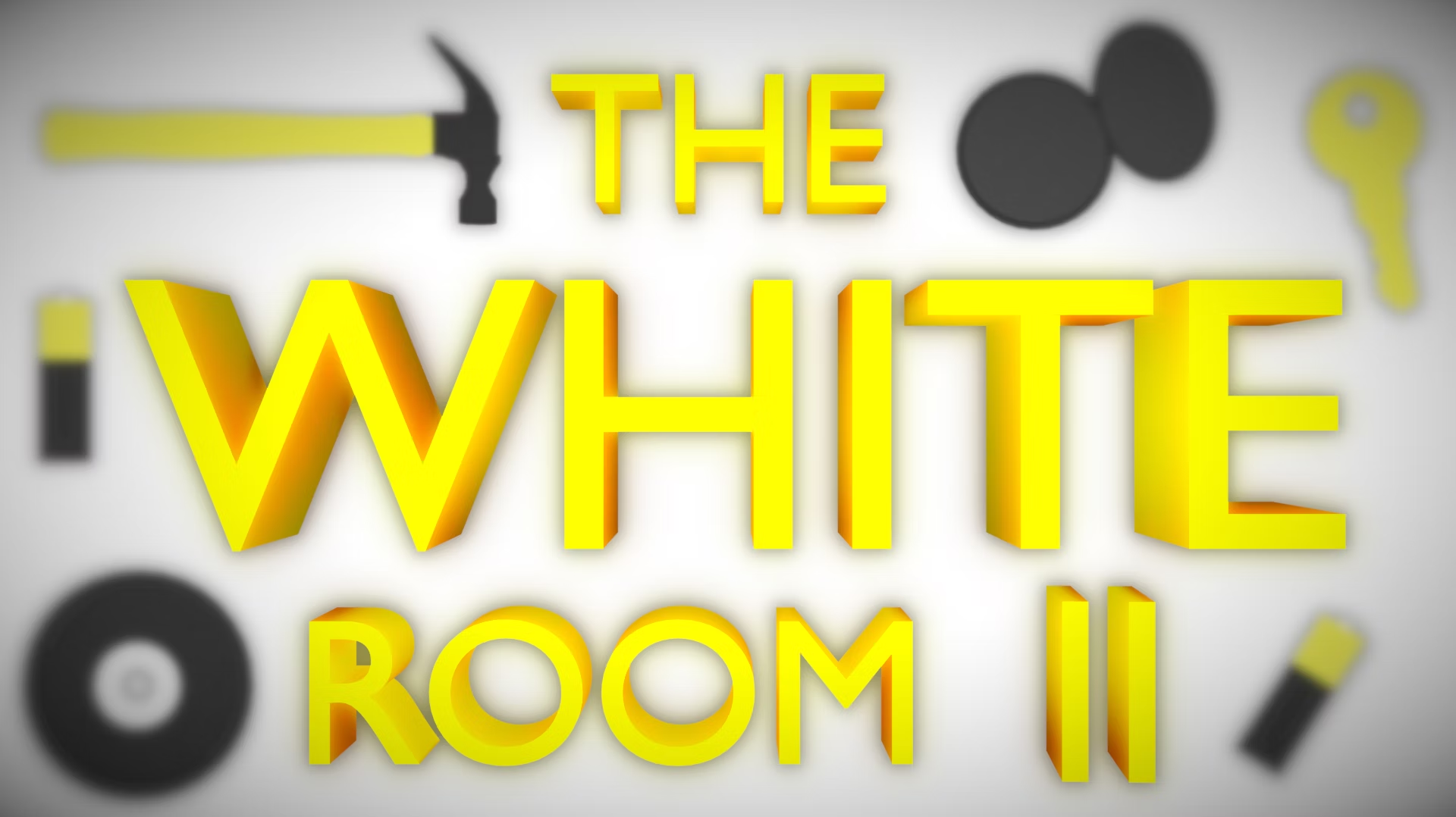Introduction to Hellblade: Senua’s Sacrifice
“Hellblade: Senua’s Sacrifice,” developed by Ninja Theory, is an action-adventure game that stands out due to its innovative portrayal of mental health. Released in August 2017, the game blends intense combat, puzzle-solving, and an emotional narrative to take players on a journey through the mind of Senua, a Pict warrior who struggles with psychosis. Unlike typical action games, Hellblade delves deep into psychological trauma, offering a unique experience that combines Norse mythology with a sensitive exploration of mental illness.
The World of Hellblade: A Blend of Myth and Reality
The Setting: Dark Norse Mythology
The game is set during the Viking Age, where the protagonist, Senua, embarks on a perilous journey to Helheim, the Norse underworld, to rescue the soul of her dead lover, Dillion. Drawing heavily on Norse mythology, Hellblade creates a dark and atmospheric world where mythological creatures like the goddess Hela and fearsome warriors play central roles. However, the game artfully blurs the lines between reality and Senua’s delusions, creating a haunting and surreal atmosphere that immerses players in both Senua’s internal and external struggles.
The Importance of Psychosis in Hellblade
One of the most compelling aspects of Hellblade is its portrayal of psychosis. Ninja Theory worked closely with mental health experts and individuals who have experienced psychosis to ensure the game’s depiction was accurate and respectful. Senua’s hallucinations, voices, and distorted reality become a central gameplay element, making players experience her mental illness firsthand. This is not just a backdrop to the story but a key feature that affects how players interact with the world around them.
Gameplay Mechanics: Combat, Puzzles, and Exploration
Combat in Hellblade
Hellblade’s combat is brutal, intimate, and intense. Senua faces off against a variety of enemies, including towering, mythical warriors. The combat system is relatively simple but impactful, focusing on timing, blocking, and dodging rather than overcomplicated mechanics. Players must engage in strategic combat, reading enemy movements and reacting swiftly to survive.
What makes Hellblade’s combat stand out is its integration with Senua’s mental state. The voices in her head can either be helpful or distracting, sometimes guiding her during battle or misleading her, adding an extra layer of challenge and immersion.
Puzzle-Solving
The game also features numerous puzzles that require players to pay close attention to their environment. These puzzles often involve pattern recognition, using Senua’s perception of reality to solve them. For instance, players may need to align shadows or find hidden symbols to progress. These puzzles are not just obstacles but are often linked to Senua’s mental state, as her psychosis alters how she views the world.
Exploration and Atmosphere
Exploration in Hellblade is more than just moving through physical spaces; it’s about exploring Senua’s mind. The game’s visual and audio design creates an immersive atmosphere, with Senua’s internal voices constantly talking to her and the environment often changing to reflect her mental state. The game is designed to keep players on edge, with shifts in lighting, sound, and visuals contributing to the overall sense of dread.
Story and Character Development
Senua: A Deeply Complex Protagonist
Senua is a tragic and complex character. Her journey is not just a physical one but also an exploration of her past traumas, fears, and guilt. Throughout the game, players are exposed to Senua’s inner turmoil, her struggle with loss, and the effects of her psychosis. Her determination to save Dillion, despite the overwhelming odds and her mental illness, makes her a compelling and relatable protagonist.
Supporting Characters
While Hellblade primarily focuses on Senua, other characters play significant roles in her journey. Dillion, though deceased, appears in memories and flashbacks, representing hope and love. Druth, another key figure, acts as Senua’s guide through the lore of Norse mythology, helping her understand the world around her. The voices of the Furies, constantly present, serve both as antagonists and companions, reflecting the inner conflict Senua experiences.
Themes Explored in Hellblade
The Representation of Mental Illness
Mental health is the most significant theme in Hellblade, and it’s explored in a way that is both empathetic and unflinching. The game puts players in the shoes of someone living with psychosis, helping to de-stigmatize mental illness by showing the humanity behind it. Senua’s struggle with her hallucinations, paranoia, and anxiety is depicted with care, making players aware of how real these experiences can be for those affected by similar conditions.
Grief and Trauma
Another core theme is grief. Senua’s journey to Helheim is driven by her overwhelming sense of loss after the death of her lover, Dillion. Her trauma is palpable, and the game explores how grief and guilt can affect a person’s mental state. Senua’s battle with her demons, both real and imagined, is a metaphor for how trauma can distort reality and consume a person’s life.
Visual and Audio Design
Stunning Visuals
Hellblade’s visual design is breathtaking. The game’s environments, from the misty shores of ancient Britain to the dark, foreboding realm of Helheim, are meticulously crafted to enhance the emotional impact of the story. The use of lighting and color creates a constantly shifting mood, reflecting Senua’s mental state. The creatures Senua encounters are nightmarish, further blurring the line between reality and hallucination.
The Power of Sound Design
Perhaps one of the most striking elements of Hellblade is its sound design. The use of binaural audio technology allows players to hear voices as if they’re in Senua’s head, creating a deeply unsettling experience. These voices—sometimes encouraging, other times mocking—never leave Senua alone, enhancing the player’s connection to her mental state. The ambient sounds, from distant screams to eerie whispers, contribute to the game’s oppressive atmosphere.
Reception and Legacy
Critical Acclaim
Upon release, Hellblade: Senua’s Sacrifice was met with widespread critical acclaim, praised for its unique approach to storytelling, its respectful portrayal of mental illness, and its stunning visual and audio design. The game won multiple awards, including the prestigious BAFTA Games Award for Artistic Achievement, as well as numerous accolades for its voice acting and narrative.
Impact on the Gaming Industry
Hellblade has had a profound impact on the gaming industry, proving that video games can tackle complex themes like mental health in a way that is both sensitive and engaging. Its success has paved the way for more games to explore difficult subjects, encouraging developers to take risks and push the boundaries of what video games can achieve as a medium.
Conclusion
Hellblade: Senua’s Sacrifice is more than just a game—it is an emotional, thought-provoking experience that challenges players to confront themes of mental illness, trauma, and personal struggle. Through its compelling narrative, immersive gameplay, and stunning audiovisual design, Hellblade offers a unique gaming experience that resonates long after the credits roll. Senua’s journey is one of pain and perseverance, and her story serves as a testament to the strength of the human spirit in the face of overwhelming darkness.
For anyone seeking a game that combines intense action with a deeply personal and psychological story, Hellblade: Senua’s Sacrifice stands as a masterpiece that should not be missed.


